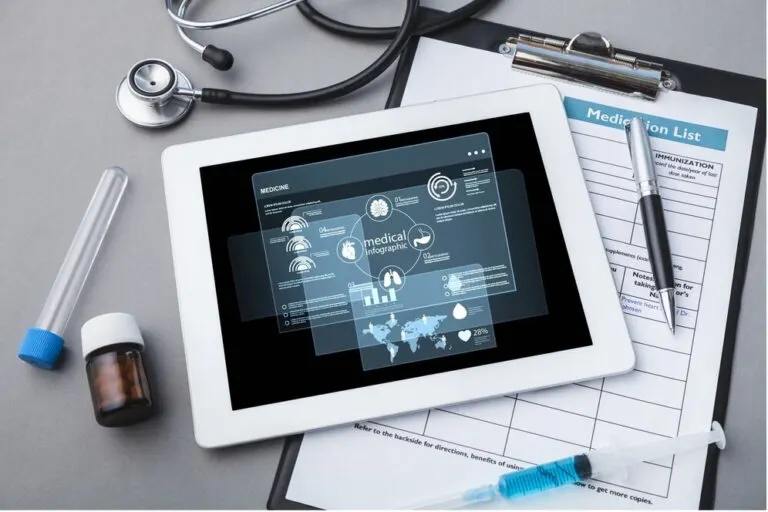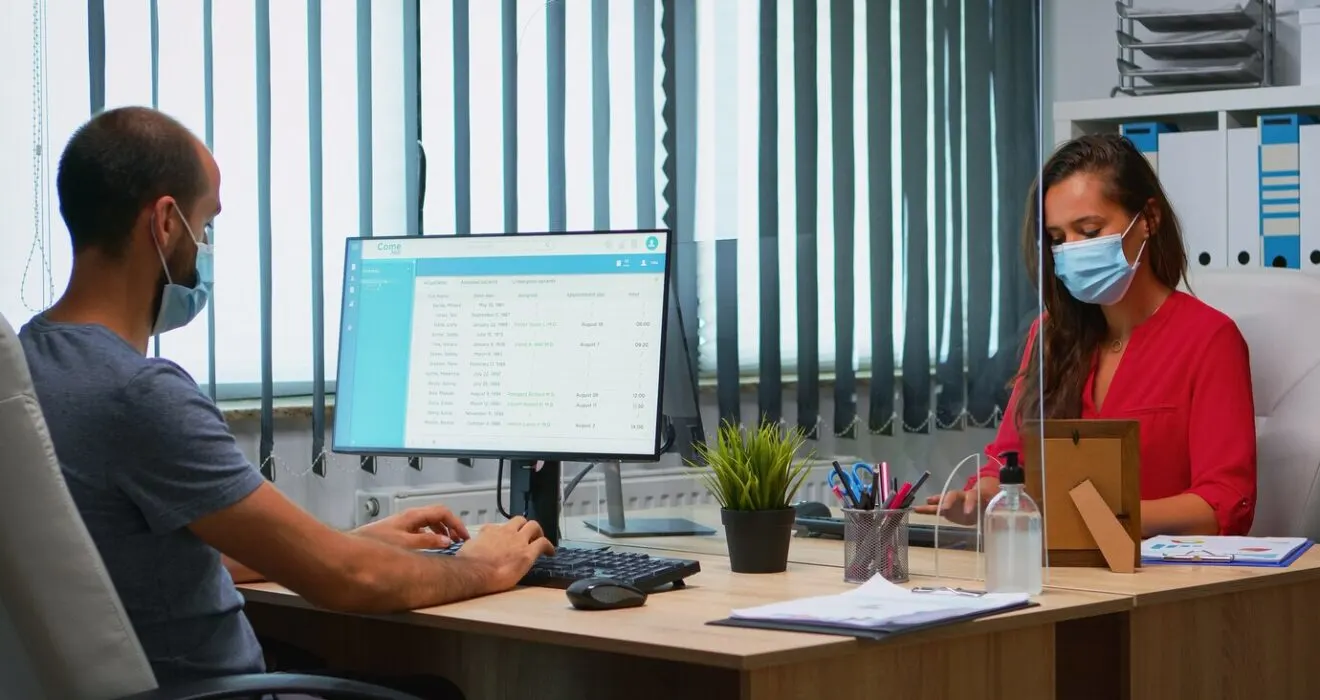Integrating EHR and Telemedicine Systems for Better Healthcare Delivery
1. Overview of Electronic Health Records (EHR) and Telemedicine Systems
1.1 Definition and Functionality of EHR
Electronic Health Records (EHR), powered by IT solutions and cloud computing, digitize patient data for seamless access and better decision-making. Cybersecurity, data security, and IT services ensure secure storage and efficient provider communication.
1.2 Introduction to Telemedicine Systems
Telemedicine systems leverage technology to provide remote healthcare services, enabling patients to consult with healthcare professionals without needing to be physically present in a clinic or hospital. Telemedicine encompasses virtual appointments, remote monitoring, and teleconsultations, offering an accessible and convenient way for patients to receive medical care.

2. Benefits of Integrating EHR and Telemedicine Systems

2.1 Enhanced Care Coordination
Integrating EHR and telemedicine systems enhances care coordination by enabling seamless information sharing among healthcare providers regardless of their physical location. This integration ensures that all involved parties have access to up-to-date patient data, leading to more informed decision-making and improved healthcare outcomes.
2.2 Improved Access to Healthcare Services
The integration of EHR and telemedicine, powered by IT solutions and cloud computing, enhances healthcare access and patient engagement. Cybersecurity, IT services, and data security ensure secure virtual consultations and remote monitoring.
3. Challenges and Considerations in Integration
3.1 Interoperability Issues
Interoperability in EHR and telemedicine requires robust IT solutions, software development, and cloud computing for seamless data exchange. Cybersecurity, network security, and IT services ensure secure and accurate patient information flow.
3.2 Data Privacy and Security Concerns
Integrating EHR and telemedicine systems raises concerns about data privacy and security, as the digital transfer of sensitive patient information requires robust protection measures. Healthcare organizations must prioritize data encryption, secure authentication methods, and compliance with regulations like HIPAA to safeguard patient confidentiality and prevent unauthorized access.

4. Best Practices for Seamless Integration
System Compatibility and Integration Strategies
To ensure seamless integration of EHR and telemedicine systems, healthcare organizations should prioritize system compatibility and choose interoperable solutions that can communicate effectively with each other. Implementing integration strategies that focus on data standardization, API connectivity, and workflow optimization can streamline the integration process and enhance system functionalities.
Training and Change Management
Successful EHR and telemedicine integration requires effective IT consulting, training, and change management. IT solutions, software development, and cloud computing support seamless adoption, while cybersecurity ensures secure data handling and workflow optimization.
5. Improved Healthcare Delivery Through Integrated Systems
Streamlined Workflow and Efficiency
Picture this: A seamless integration of Electronic Health Records (EHR) and telemedicine systems, working together like a well-oiled machine. This integration allows healthcare providers to access patient information and communicate in real-time, saving precious minutes and reducing the risk of errors. Say goodbye to the days of searching through piles of paperwork or waiting on hold for a consultation. With integrated systems, healthcare delivery becomes a smooth sail down Efficiency River.
Enhanced Communication and Collaboration
Gone are the days of playing phone tag with different healthcare professionals. Integrated EHR and telemedicine systems enable instant communication and collaboration among providers, leading to quicker decision-making and better coordination of care. Imagine a virtual roundtable where everyone is on the same page, sharing insights and working together towards a common goal – providing top-notch healthcare for patients.
6. Impact on Patient Care and Outcomes
Enhanced Patient Engagement and Satisfaction
Patients are no longer just passive recipients of healthcare – they become active participants in their own well-being. Integrated systems empower patients by providing easy access to their health records and enabling virtual consultations from the comfort of their homes. This increased engagement leads to higher patient satisfaction and ultimately, better health outcomes.
Improved Health Monitoring and Management
With integrated EHR and telemedicine systems, keeping track of patients’ health becomes a breeze. Remote monitoring of vital signs, medication adherence, and treatment progress becomes more accessible, allowing healthcare providers to intervene early and adjust care plans as needed. Say hello to proactive healthcare management and wave goodbye to reactive firefighting.
7. Regulatory and Security Considerations
Compliance with HIPAA and Other Regulations
Integrated IT solutions ensure HIPAA compliance, safeguarding patient data with cybersecurity, network security, and cloud computing. These built-in protections maintain data security and privacy, allowing only authorized access.
Data Security Measures and Risk Mitigation
In a world where data breaches make front-page news, ensuring the security of patient information is paramount. Integrated systems implement robust data security measures, such as encryption and authentication protocols, to safeguard against cyber threats. By staying one step ahead of potential risks, healthcare providers can focus on what truly matters – delivering quality care to their patients.
8. Future Trends in EHR and Telemedicine Integration
Advancements in Technology and Innovation
The future is bright for integrated EHR and telemedicine systems, with ongoing advancements in technology shaping the landscape of healthcare delivery. From artificial intelligence-driven diagnostics to virtual reality-enhanced teleconsultations, the possibilities are endless. Buckle up, because the ride towards innovation is just getting started.
Potential Impact on Healthcare Industry
The integration of EHR and telemedicine, powered by IT solutions, cloud computing, and cybersecurity, is transforming healthcare with improved efficiency and patient outcomes. By ensuring The integration of EHR and telemedicine, powered by IT solutions, cloud computing, and cybersecurity, is transforming healthcare with improved efficiency and patient outcomes. By ensuring data security, regulatory compliance, and seamless interoperability, healthcare providers can enhance care coordination and accessibility, paving the way for a more patient-centric future. regulatory compliance, and seamless interoperability, healthcare providers can enhance care coordination and accessibility, paving the way for a more patient-centric future.



